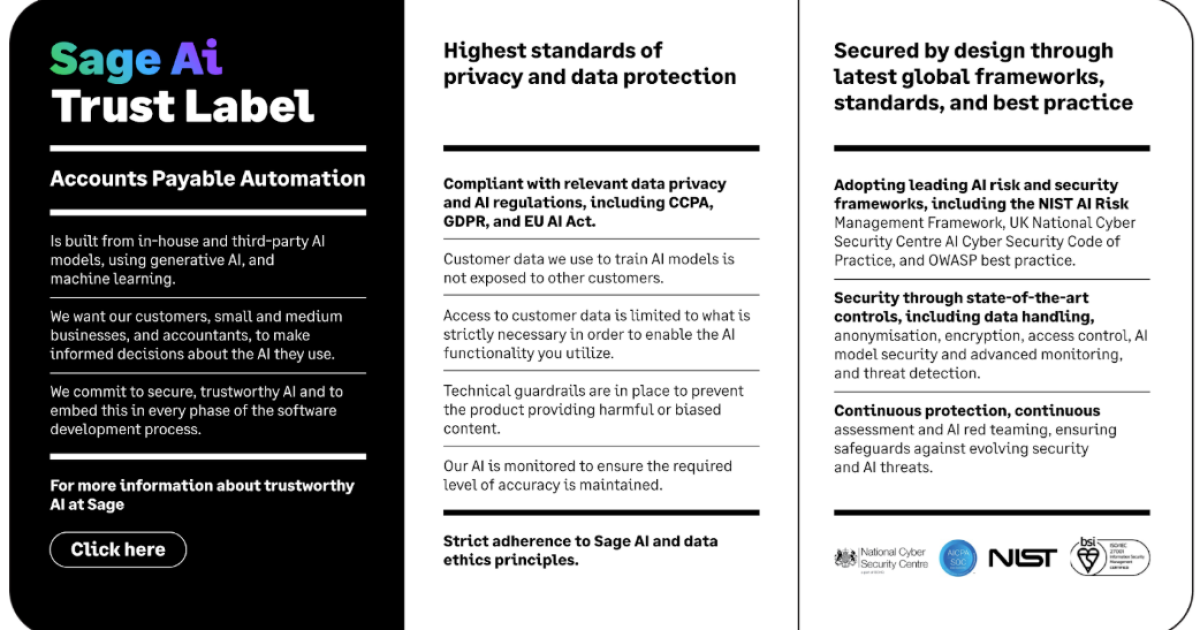As the benefits open enrollment period kicks off, employees across the country will make decisions that affect their health and wellbeing, and they will all bring unique life experiences to these decisions.
While each employee has a unique set of needs and interests, there are some distinct generational differences that should inform organizational benefits strategy, communication and long-term engagement. Understanding these differences is particularly important in a marketplace where five generations are in the workforce for the first time in recorded history.
While no generation is entirely homogeneous, some clear distinctions can be made among these demographic groups. For example:
- The silent generation makes up the smallest portion of the workforce at around 2%. Still, those employees who have continued to work past the traditional retirement age are focused on remaining healthy and productive at work and managing chronic conditions. They are particularly interested in gentle fitness and mobility classes and nutrition education.
- As large numbers of Baby Boomers near retirement, these employees are more likely to prioritize healthcare, preventative health education and finance-related benefits such as retirement planning.
- Generation X prioritizes family support, with employees in this age group caring for an average of 2.2 children. These employees are also dealing with the stress of being the “sandwich generation,” with many caring for children and aging parents simultaneously. Convenient, time-efficient fitness solutions help Gen X employees maintain health even with demanding schedules between work and family life.
- Millennial employees are interested in low-cost healthcare, flexible schedules and remote work opportunities. With burnout an increasing risk due to continuously shifting responsibilities like career, debt repayment and parenting, millennials value resources empowering preventative self-care and mental health and resilience training.
- Generation Z employees are the most likely to seek out a job for its benefits and want employers to meet their work-related needs, including behavioral health support and personal and career development. As the youngest and least-established group in the workforce, they also tend to struggle in a remote environment because they don’t have the same mentorship opportunities they would have while working in person.
Employers have an opportunity to support their diverse workforce through thoughtful implementation of wellbeing benefits. By offering flexible options, companies allow all demographic groups to find benefits that address their needs. This will enable employees to make personalized selections tailored to their individual life and career stages. Here are five ways to transform a workplace wellbeing initiative to encourage adoption and long-term engagement across diverse workforces.
Offer fitness support that motivates employees of all ages
To ensure your fitness resources remain relevant to employees, it is important to offer opportunities that address diverse interests and ability levels. For example, Generation X tends to be motivated to improve fitness and often prefers exercises that consist of doing something fun or meaningful, such as group fitness classes with friends. Meanwhile, millennials prioritize weight loss with their exercise and focus on strength and nutrition over cardiovascular fitness.
Understanding employee goals—and whether their dependents are also participating in programs offered through the workplace—is an essential first step. Once you understand and align with employee wellbeing goals, you can tailor your message and medium accordingly. On-demand, virtual fitness options are particularly useful for a multi-generational workforce, because this gives employees access to a broad range of options and makes it easy for them to find something that fits their age, interest and abilities.
Examining data from the Wellbeats Wellness product, the most popular channels cater to people with busy schedules, offering on-demand video fitness classes designed to be performed in an office setting. For older users, we see great interest in gentle fitness classes like yoga and chair classes for mobility, as well as content that addresses aging-related illnesses.
Address each generation’s nutrition needs
Nutrition needs change throughout our lives, and even organizations that are fully remote can play a positive role in helping employees improve their nutritional habits and their performance. Consider offering nutrition education or cooking classes that promote the basics of healthy cooking, as well as focusing on specific health needs (such as diabetes or heart health), lifestyles (food prep for families on the go) or cultures. In addition, you could collect healthy recipes from employees and share them in an internal newsletter or even a unique company cookbook.
Employers can also offer access to video resources that ground employees in foundational skills and help them expand their ability to make healthy, delicious meals. Through user data, I have seen particular interest in classes that connect food and mood, how to eat in a way that maintains energy levels and how to use food to improve gut health.
See also: AI-Your next move to recruit Gen Z
Recognize and support diverse mental health needs
Employee mental health struggles have intensified in recent years, and while these challenges are particularly pronounced among Generation Z employees, the need for mental health support exists across generations. Statistics suggest that millennials have seen an increase in major depression and alcohol use disorders, while Generation X is dealing with stress from caregiving—both for their children and aging loved ones—and Baby Boomers are experiencing depression associated with a major life change, such as upcoming retirement.
And while some employees may be able to improve their mental health with mindfulness exercises, others may need additional support. Identify resources that allow employees of all demographic backgrounds to find the support they need. Among our user base, we see particular interest in mental health, stress, substance use and relationships among younger users.
Support caregivers, working parents and the sandwich generation
A growing number of employees care for parents or other loved ones in addition to their own children, and those caregiving demands create stress and may cause employees to forgo promotions, cut back hours or leave the workforce altogether. By offering caregiving support that addresses a broad range of needs, employers can reduce stress and make it easier for employees to do their jobs.
All told, employers lose $3 billion in productivity each year due to childcare-related absenteeism. In addition, educational resources and concierge services can give employees confidence in their caregiving capabilities. At a policy level, employers can create caregiver-friendly, flexible work arrangements and allow employees to take a leave of absence to fulfill both work and caregiving obligations.
These commitments to caregivers can improve employee satisfaction and productivity while boosting recruiting efforts. Visual schedules, screen time logs and checklists are all powerful tools for helping caregivers take control of their busy lives because they help establish routines. Mental health support is also important for these employees as they deal with the stress of managing other lives alongside their own.
From alcohol to drugs, recognize evolving relationships with substances
Statistics suggest that younger generations drink less alcohol than their older counterparts, but that doesn’t mean younger employees have fewer substance use risk factors. For example, Gen Z has seen an increase in drug overdoses. So, while the substance of choice may change from generation to generation, the need for support remains constant, particularly given the rise in substance use during and after the COVID-19 pandemic.
This is further highlighted by the growing legalization of marijuana for recreational use. Millennial and Gen Z employees have come of age during this transition. They may have different views and questions about substance use than older generations who grew up with more restrictive drug policies.
The reality is legal substance use is often ingrained in work culture. We celebrate big moments with champagne or gather with co-workers for happy hour, which has the double impact of contributing to negative health impacts while potentially excluding employees who do not drink. Employer-sponsored benefits can deliver education and supportive resources to help employees resist peer pressure and social norms and change their relationship with substances.
Employees can feel inundated with information during open enrollment, and that may lead to many of them missing out on important information and failing to adopt valuable benefits. Wellbeing benefits that go beyond health coverage and speak to employees’ specific needs and interests will draw attention to your offerings and help ensure employees get support that is meaningful to them.
Credit: Source link










